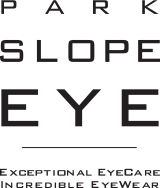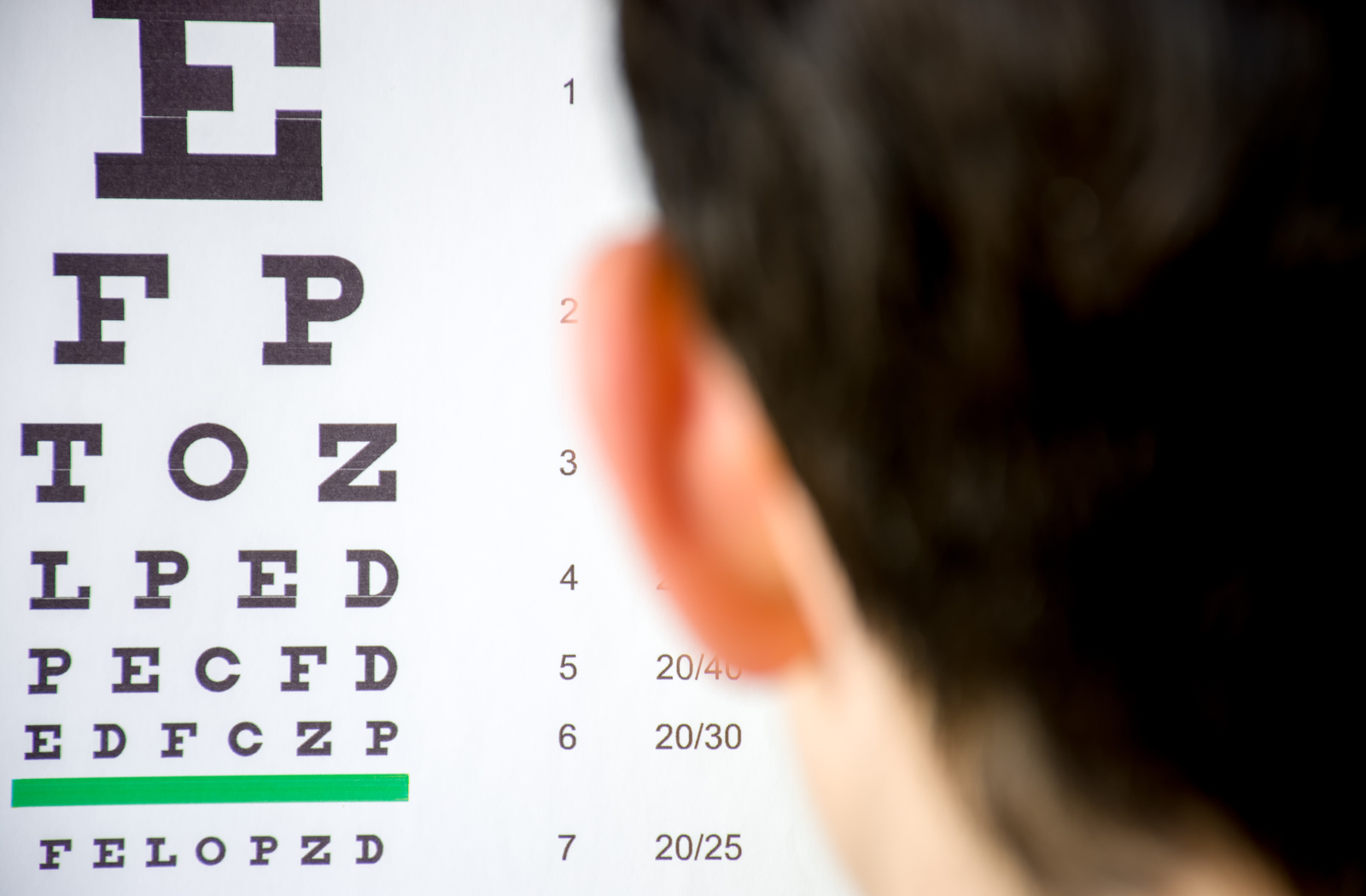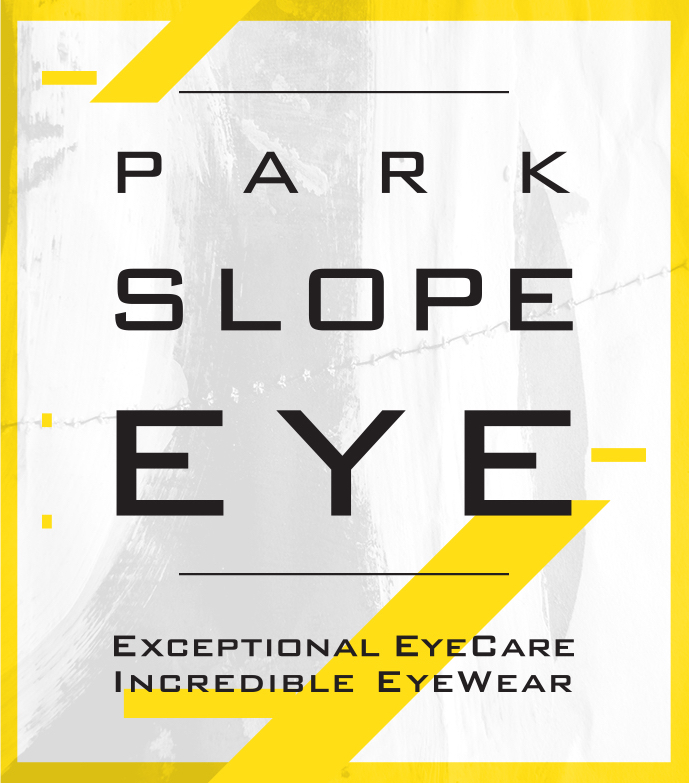Low vision is a common although serious visual deficiency. It usually can’t be corrected by standard methods like conventional glasses or surgery. But there’s good news, it’s a manageable condition and there are many ways to help you live with low vision without sacrificing your quality of life.
Low vision isn’t going to stop you from doing your day-to-day activities, but you may have to adjust and learn new ways to adapt. Low vision is a progressive disease, so it’s important to have regular eye doctor visits. If detected early enough, you can greatly slow down the degenerative effects.
Low vision is commonly defined as an eye condition in which visual acuity is 20/70 or poorer in the better-seeing eye, and which cannot be corrected with regular eyeglasses.
What Causes Low Vision
Low vision is usually a byproduct of other diseases, like complications from diabetes, but it can also occur as a consequence of brain or eye injury. The most common causes of low vision are:
- Glaucoma
- Cataracts
- Age-related Macular Degeneration
- Diabetes
- Eye Cancer
Many of these diseases are more prone to developing as you age, but it’s important to mention that age by itself doesn’t cause low vision.
Diagnosing Low Vision
Low vision is usually diagnosed in a routine eye exam. But if you suffer from existing eye conditions, your optometrist will check for vision loss as a consequence of these ailments. Comprehensive eye exams are crucial in managing low vision. They allow your optometrist to diagnose the conditions early and drastically reduce the progression of this disease.
Low Vision Classifications
What type of low vision you’re afflicted by depends on the condition that caused it. For instance, central vision loss is a product of age-related macular degeneration. The most common types of low vision are:
- Central Vision Loss
- Night Blindness
- Peripheral (Side) Vision Loss
- Light Sensitivity
- Blurred Vision
- Generalized Haze (sensation that your vision is affected by a film or glare)
Degrees of Low Vision
Normal visual acuity is usually described as 20/20 vision. What that means is that you can see clearly at 20 feet what the average person can see at that distance. This is verified by what’s called a visual acuity test, a common exam that measures the sharpness and clarity of your vision.
Seeing 20/20 does not mean perfect vision, however, as you could have separate eye problems that don’t affect the sharpness or clarity of your vision. Low vision is measured in those terms as well, and it can have different degrees of severity.
Mild Vision Loss
20/30 to 20/60 visual acuity score. 20/30 means your acuity is slightly subpar, having to stand 20 feet to perfectly see an object that people with normal visual acuity can see at 30 feet. Your doctor may want to closely monitor the issue to make sure it doesn’t progress any further.
20/60 follows the same principle. So you have to be 20 feet close to an object to see what you should be able to see at 60 feet. This is still considered mild vision loss, but it’s near the moderate visual loss range, so it’s important to engage with your optometrist and make sure the problem does not accelerate quickly.
Moderate Vision Loss
20/70 to 20/130 visual acuity score. This is where it starts to get serious, and it may affect your ability to do usual things, like reading or driving.
20/70 means you have to stand at 20 feet to see clearly what people with 20/20 vision can see at 70 feet. 20/130 is more severe and means you have to stand at 20 feet to see what you should be able to see at 130 feet.
Both of these and every score in between is classified as moderate vision loss because it moderately affects your ability to see at a distance. Monitoring your vision is imperative at this stage, because if your vision gets any worse your ability to see will be seriously damaged.
Severe Vision Loss
20/200 to 20/400 visual acuity score. Also called severe low vision, this is where things usually considered trivial can become hard to do because of your visual impairment. If your visual acuity is 20/200 or worse in your better eye, you are usually considered legally blind.
20/200, like the aforementioned degrees of visual acuity, expresses that you have to stand at 20 feet to see what someone with 20/20 vision can see at 200 feet.
20/400 denotes that you have to be 20 feet close to see what you should be able to visually discern at 400 feet. This is a significant visual impairment, and can severely harm your capability to do day-to-day normal things.
Treatments for Low Vision
Low vision is unfortunately a permanent condition. Although there’s no definite cure, some treatments can help with this ocular setback. Medicine, eyeglasses, and surgery won’t typically cure low vision, but they can make your daily activities easier and help prevent the condition from getting worse.
Your optometrist will more likely focus on the root of the problem of your low vision, as the cause can produce varying negative effects. Treating the source of the problem instead of its symptoms is the best course of action in low vision cases. So be sure to have routine eye exams to keep up with your ocular health!
Everyday Life With Low Vision
Even though it’s a permanent ailment, you can live a healthy life with low vision. If you think you may be affected with visual impairment, it’s best to consult an eye specialist. Your optometrist can guide you through your choices and how to manage this condition.
You do have options, as there are several different therapeutic techniques specifically designed to address this type of visual impairment.
Finding the Right Visual Aid
Many tools can help and guide you throughout daily life if you’re visually impaired. You can use telescopic glasses, light filtering lenses, and magnifying glasses, among others. Technology can also be of service like text-reading software, watches and clocks that can tell you the time, larger fonts on your phone, and high contrast screens (or modes) on your devices.
Although low vision is a serious condition that can affect your daily routine, you have options on how to best deal with those issues. Ask your eye doctor what visual aids will work best for you and how to better employ them. Keep up with your visual health by visiting an optometrist regularly.
There are many options on how to best manage low vision, so don’t lose hope!









